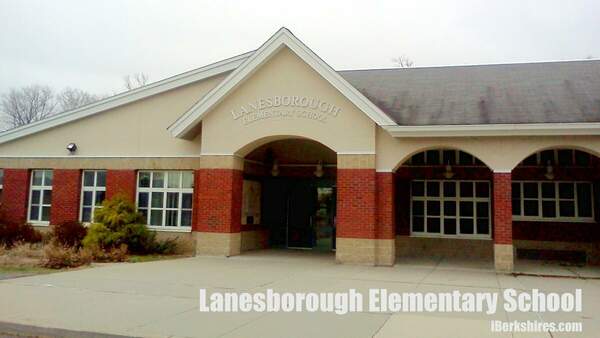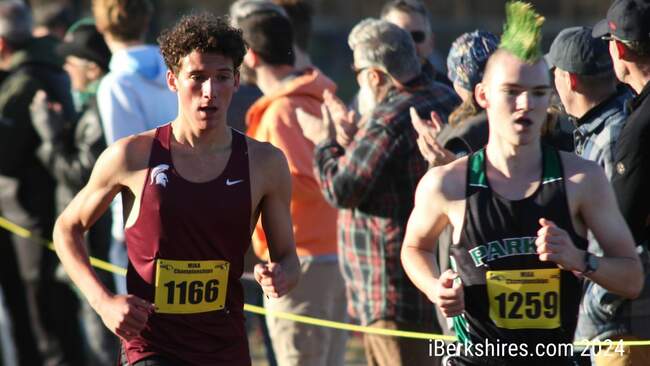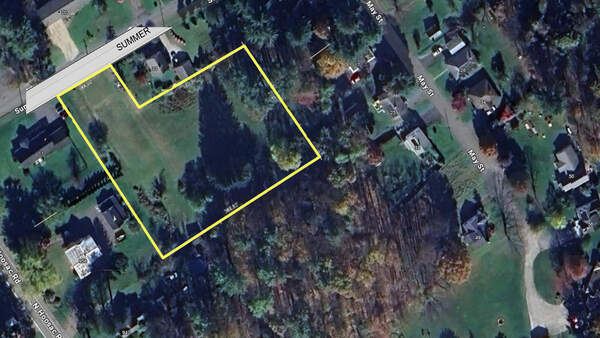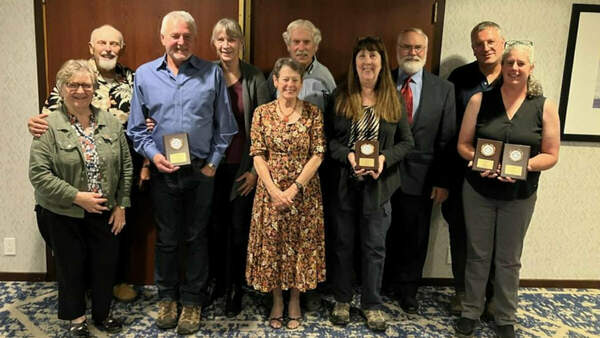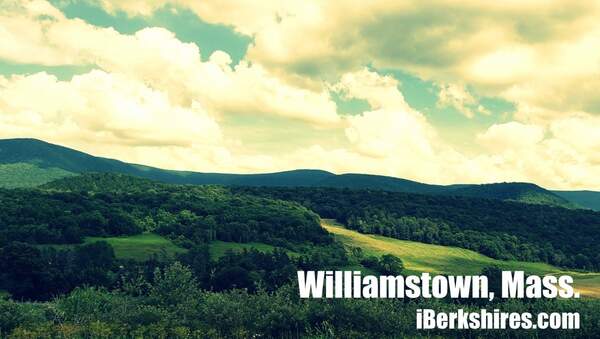Letter: Let Town Meeting Vote on the Zoning Proposals
 |
To the Editor:
The Planning Board split its work into 10 articles because they're not an interconnected, inseverable mass. They are all about allowing more homes to be built in Williamstown, but they do that work in different ways, in different parts of town.
I'm a Planning Board member and a high school civics and history teacher, and I love how civic-minded and participatory this town is. I'm looking forward to us discussing and then voting on each article at town meeting. I hope we don't stifle that debate by demanding that whole unrelated groups of these articles be "tabled" or otherwise made undebatable or delayed. Let's discuss them, let's vote on them (up or down!) and then keep on working together as a town.
As a reminder: seven of the 10 articles received the unanimous (5-0) or near unanimous (4-1) support of the board. Three of them got split votes (3-2), and those have remained the most controversial, on and off the board. Those three are Articles 41, 45, and 46, and all three relate to our Rural Residence 2 zone. I supported those articles on the board, but I also completely understand why those three are more controversial. We should honestly engage with the best arguments of folks who disagree with us, not mischaracterize or demonize them. Rural affordability is an absolutely essential planning goal. But increasing density to get there has higher costs and lower benefits in our rural zones than in our downtown zone. So if most people in town want to vote down these changes, let's keep looking for other, more broadly-supported ways to get to increasing rural affordability in town.
Compare this with an article like Article 40, which allows three- and four-family dwellings in our downtown General Residence zone. In some recent letters this article has gotten swept up with the more controversial rural changes. Why? Twenty years ago, our town's last Comprehensive Plan recommended that the Planning Board "review and redraft bylaws to encourage infill/higher density housing in the town center." Every study and housing needs assessment since has supported this conclusion that we made two decades ago. Every principle of smart growth and zoning encourages downtown density and multifamily living in a walkable core. Our general residence zone is full of dense neighborhoods, college buildings with dozens of people living together, offices, restaurants, shops … What about allowing three or families to live together in one building is out of place, out of character, or in need of further study?
In any case, I hope we as a town can continue to have discussions like this, and then honestly vote how we feel. "Tabling" is a kind of parliamentary kicking the can down the road. I would instead make the old-fashioned suggestion that we simply debate the articles then vote No on the ones we don't like and Yes on the ones we do! It's an honest, open way to share our priorities with each other in town, and provide information to our town's boards and committees.
Voting yes or no on each article is a better way to tell us on the Planning Board what you want, and how we can serve you better, than tabling anything. Personally, I hope the town truly considers how many (seven out of ten) articles were deeply supported by the board, and gets a chance to vote on each one.
Peter Beck
Williamstown, Mass.
Tags: zoning,

